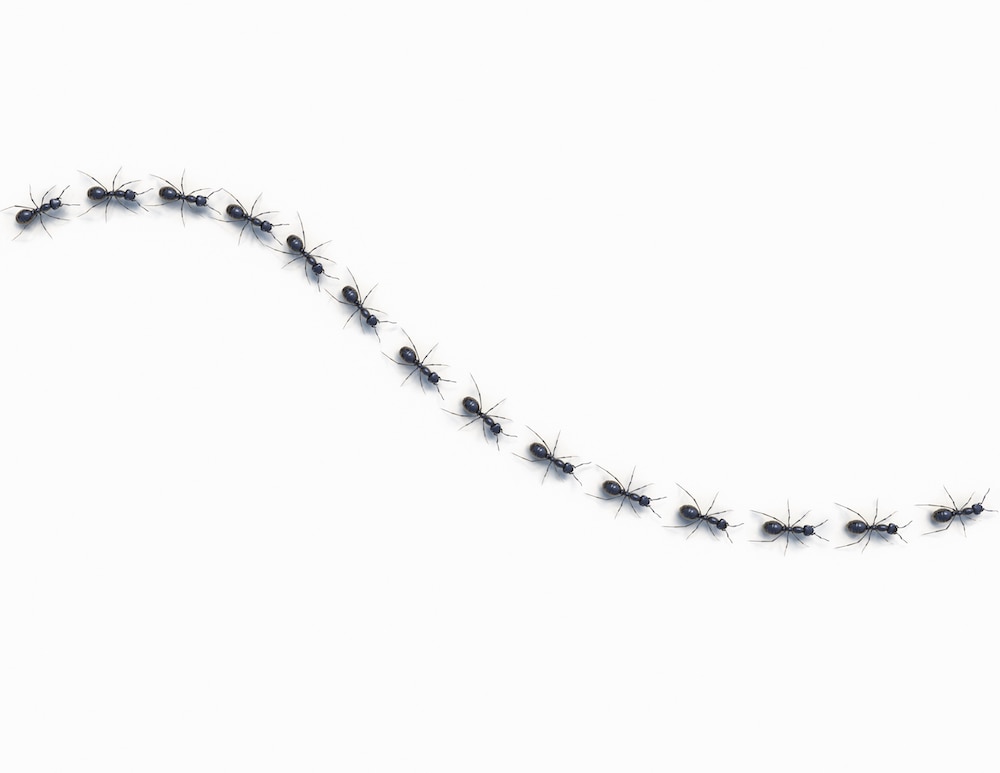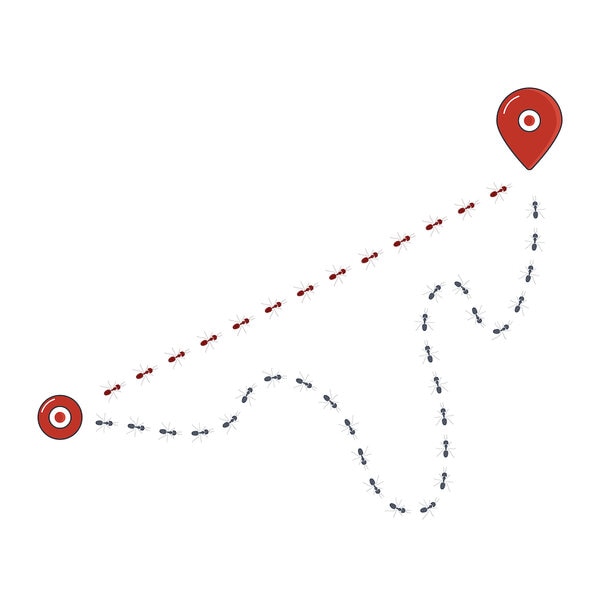Create a free profile to get unlimited access to exclusive videos, sweepstakes, and more!
This robot teaches ants, then the ants teach their friends
Just imagine them holding their tiny diplomas.

For better or for worse, high school is a formative time, as is beautifully and tragically illustrated in Fast Times at Ridgemont High. Of course, some of the characters learned more hard-won life lessons than geography or math. As Mr. Hand is certain to tell anyone who will listen, teachers don’t get enough credit.
Perhaps everything you have ever learned, every accomplishment you’ve ever achieved, essentially came from the difficult and often underappreciated work of a teacher. Humanity, with all of its grand endeavors, rests on a foundation of generation after generation of information being passed dutifully from one individual to the next.
Teaching and learning are paramount to who we are as a species. The relationship stands as one of the only remaining ways in which we are different from most non-human animals, at least in terms of degree. Certainly, there are other animals who teach one another. We have observed other primates learning how to provide medicinal care and we’ve observed whales learning new songs as a means of communication. Strangely enough though, according to researchers at the University of Bristol, the first non-human animal for which we have rigorously demonstrated teaching is a species of ant.
Rock ants, known by their scientific name Temnothorax albipennis, sometimes change nests when they find one which is better than their current home, and they do that by teaching one another. When an individual ant finds a better nest, they go and teach another ant about it using one-to-one tuition. As far as we know, there’s no communicative signal happening in order for them to tell their peers about their new digs. Instead, they figuratively grab another ant by the antenna and lead them to the new place. Once the learner has sufficiently learned how to find the new nest, they travel back home and teach someone else. The process repeats until the whole colony packs up and moves.
Researchers at the University of Bristol wanted to test if they sufficiently understood how teaching was occurring in rock ants, and knew that if they could duplicate the process artificially, that would mean they had a good grasp of it. The results of their study were published in the Journal of Experimental Biology.
Once the team had a handle on what they thought was happening, they needed an avatar with which to interact with the ants, so they built one. In experiments led by undergraduate students Jacob Podesta and Edward Jarvis, researchers placed a group of ants in an arena and inside an intentionally subpar nest. Some distance away, but still inside the arena, they provided a much better nest. Then, using a robotic system, they simulated the actions a discovering ant would perform to teach the others. The scent glands from a worker ant were attached to the robot so that it would have the same chemical cues as a natural teacher. Once a learner ant encountered the robot, scientists used an overhead support system to move the robot ant toward the new nest, either on a straight path or a circuitous one.
Once at the new nest, the learner ant got its bearings and made its way back to the old nest where it continued the job of grabbing another ant and teaching it the way. The process played out as it does in nature, except that the original teaching ant wasn’t an ant at all.
In order to determine that learning occurred by way of the robot, the team also picked up individual ants and placed them directly at the new nest without giving them the opportunity to learn the way. They were able to get back home eventually but it took them considerably longer. The faster return journey of the ants taught by the robot — even those who were taken on an intentionally winding path — served as additional evidence that they actually learned from the robot and weren’t using some other unseen stimuli to find their way home.
Understanding the ways in which something as comparatively simple as an ant learns could help scientists to better understand how learning works in humans. Researchers succeeded in teaching ants using a robot, but in a way, the ants were teaching us while they were teaching themselves.



























